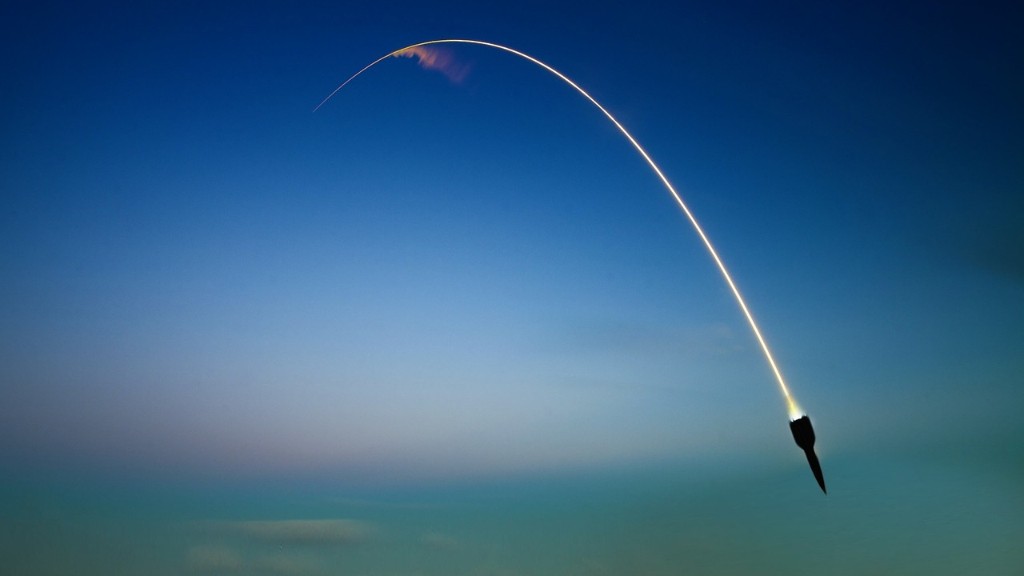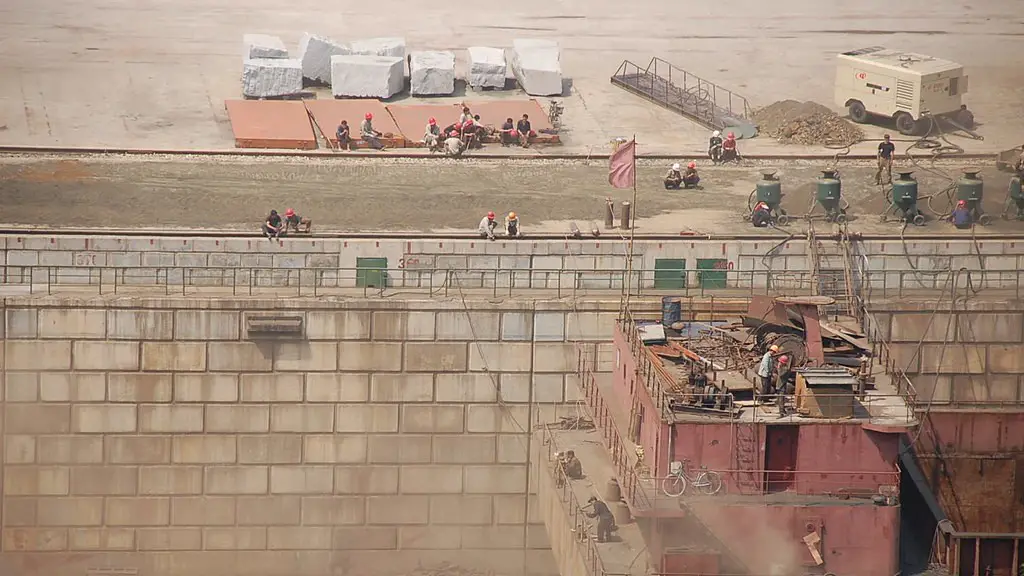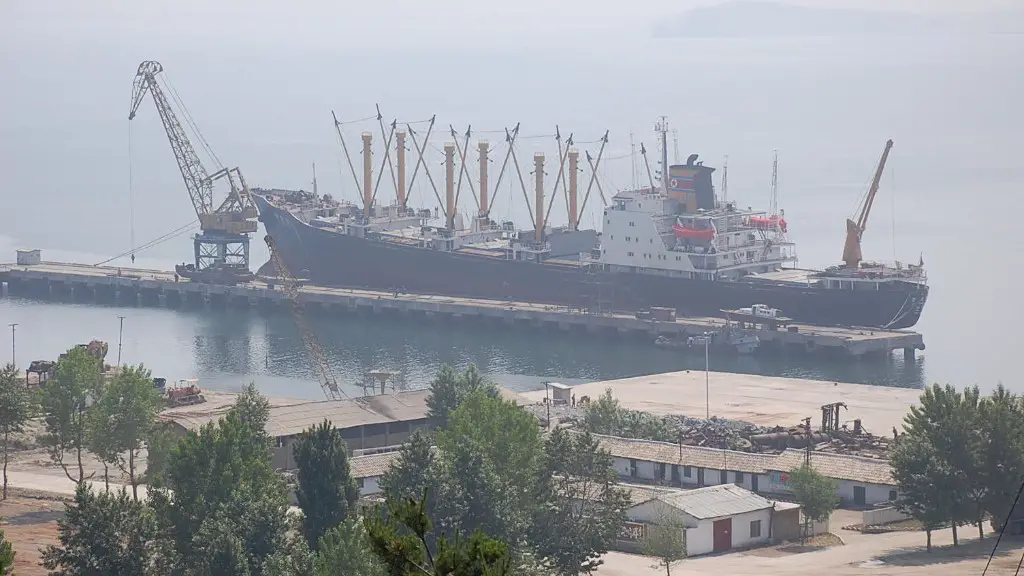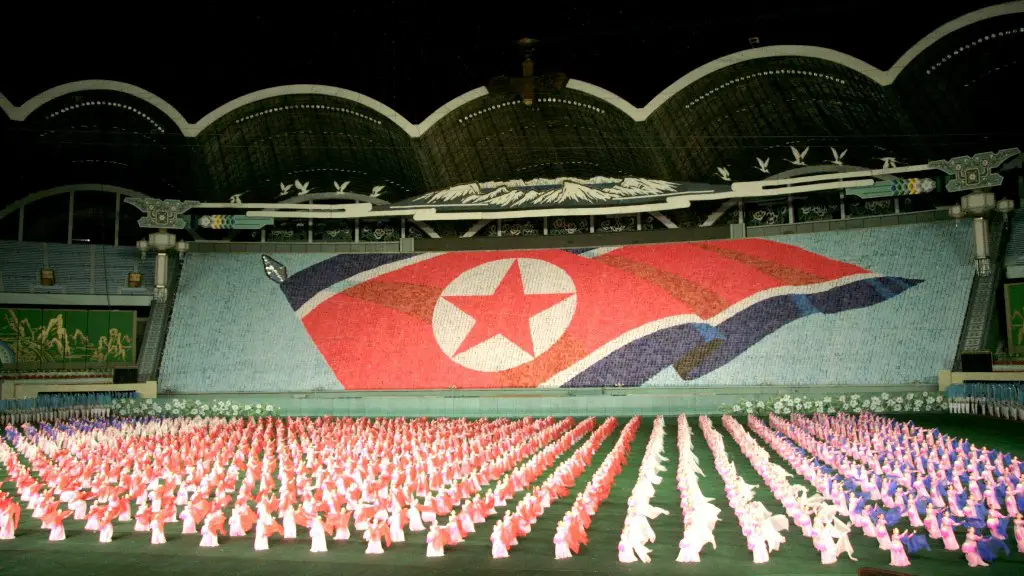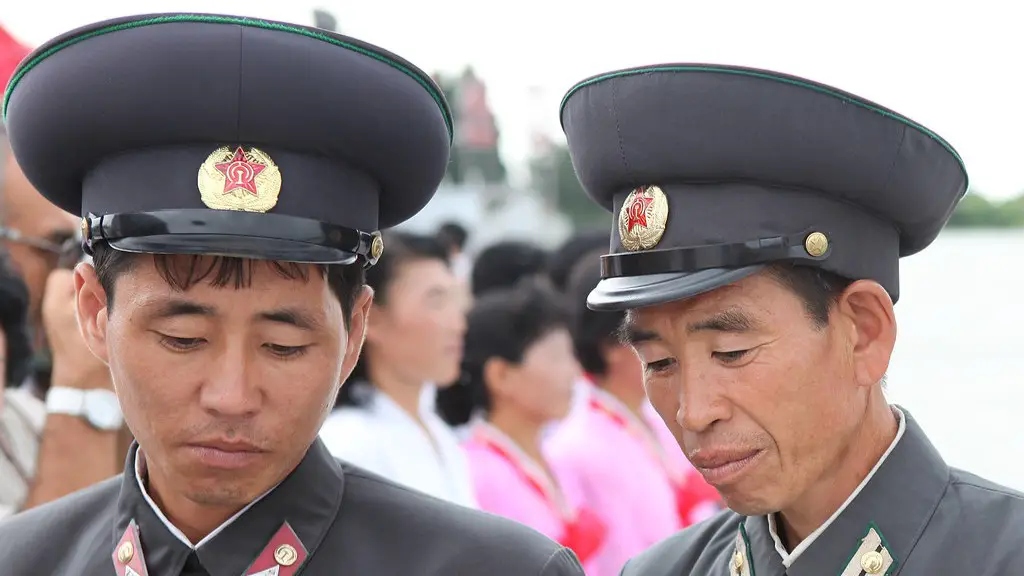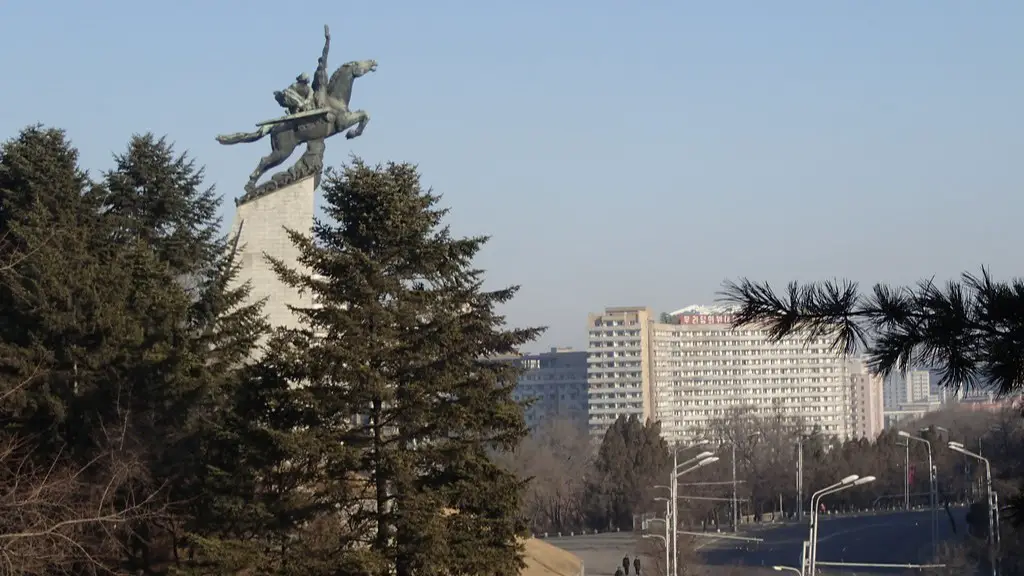The Democratic People’s Republic of Korea, better known as North Korea, has been in the news a lot lately because of their incessant missile testing. Some believe that these tests are a show of force, meant to intimidate both their enemies and their allies. Others believe that the tests are simply a way for North Korea to keep their citizens in line, providing them with a common enemy to rally against. Regardless of the reason, it is clear that North Korea has no intention of stopping their missile launches anytime soon.
There are a number of possible reasons for why North Korea keeps launching missiles. One reason could be to test and improve their capability to strike targets, which could be seen as a show of strength and a deterrent to any potential aggressors. Another reason could be to try and intimidate or blackmail other countries into providing concessions, such as economic aid or security guarantees. North Korea may also believe that having a credible nuclear deterrent will help to preserve the regime and ensure its survival.
Can North Korea hit the US with a missile?
The Hwasong-14 ballistic missile is a North Korean missile that can travel up to 4,500km. It has been tested with a range of 8,000km, but some studies suggest it could travel as far as 10,000km, making it capable of reaching New York.
The North Korean government test-fired two ballistic missiles on Sunday, with a potential range that could strike Japan. This may be in response to Tokyo’s new security strategy, which calls for a more offensive stance against both North Korea and China.
Why is North Korea testing weapons again
North Korea’s weapons testing serves several purposes beyond simply developing their military capabilities. It also allows them to test new technology, show off their strength to other countries, and to keep their own military personnel ready and able to use their weapons. By conducting these tests, North Korea is able to maintain a strong deterrent against any potential aggressors.
North Korea has been carrying out missile tests as a way to warn the US and South Korea against their joint military exercises, which Pyongyang views as an invasion rehearsal. Given that, it is likely that North Korea will continue its testing activities, since Washington and Seoul regularly conduct drills.
Where would a nuclear bomb hit in the US?
The six most likely target cities in the US are as follows: New York, Chicago, Houston, Los Angeles, San Francisco, and Washington, DC. These countries will stay prepared to combat any type of nuclear attack shortly. The nuclear impact could destroy the city and this will lead to a disaster.
The United States deploys two systems that can shoot down incoming missiles in the midcourse phase of flight: The Ground-Based Midcourse Defense (GMD) system and The Aegis defense system.
The Ground-Based Midcourse Defense (GMD) system is a ground-based interceptor system that is designed to intercept and destroy incoming ballistic missiles during the midcourse phase of flight. The system is composed of a network of ground-based interceptor missiles and associated radar and command and control infrastructure.
The Aegis defense system is a sea-based missile defense system that is designed to intercept and destroy incoming ballistic missiles during the midcourse phase of flight. The system is composed of a network of sea-based interceptor missiles and associated radar and command and control infrastructure.
Who gave North Korea nuclear weapons?
There are allegations that Pakistan’s former Prime Minister Benazir Bhutto supplied North Korea with key data and information on uranium enrichment in exchange for missile technology around 1990-1996. US intelligence officials claim that this was done through Pakistan’s top scientist Abdul Qadeer Khan. If these allegations are true, it would be a serious breach of international law and could have major implications for regional stability.
Since the end of World War II, the Japanese people have been committed to peace. They have worked hard to rebuild their country and create a better future for themselves and their children. The Japanese Constitution prohibits the use of force to settle international disputes and the Japanese people have developed a strong culture of pacifism.
How many nukes does North Korea have
North Korea has a relatively small number of nuclear warheads compared to other nuclear-armed states, but the precise number is unknown. Estimates range from 40 to 50 warheads, up to a possible maximum of 116. North Korea’s nuclear arsenal is believed to be primarily for deterrence purposes, rather than for use in aggression.
Russian missiles can reach the United States in a matter of minutes, depending on the type of missile. This could pose a serious threat to the US in the event of a conflict with Russia. The Union of Concerned Scientists is urging the US to take steps to improve its missile defense system to protect against this threat.
How long would it take for a nuke to reach the US?
A land-based missile would take about 30 minutes to fly between Russia and the United States, while a submarine-based missile could strike in as little as 10 to 15 minutes after launch. This is due to the fact that submarine-based missiles are able to travel at a much higher speed than land-based missiles.
The United States withdrew its nuclear arsenal from South Korea in 1991 in order to move past the Cold War. No US nuclear weapons have been stationed in the country since. This decision was made in order to improve relations with South Korea and reduce the risk of nuclear conflict.
What country has the most nukes
Russia has the most confirmed nuclear weapons, with 5,997 nuclear warheads. The United States follows behind with 5,428 nuclear weapons, hosted in the US and 5 other nations: Turkey, Italy, Belgium, Germany and the Netherlands.
There is no way to estimate the cost of North Korea’s missile launches accurately due to the country’s secretive nature. Some experts believe that each launch could cost between $2 million and $10 million, but this is only a guess. The true cost is unknown.
How powerful are North Korea nukes?
The Democratic People’s Republic of Korea, better known as North Korea, has conducted at least six nuclear tests since 2006. The most recent and powerful of these tests, which North Korea claims involved a thermonuclear, or hydrogen, bomb, took place in September 2017. Experts estimate that the device had an explosive yield of 50-300 kilotons, making it one of the most powerful nuclear devices ever detonated. While North Korea’s nuclear capabilities remain relatively limited, the country’s continued testing poses a serious threat to regional and global security.
In the event of a nuclear explosion, it is important to take cover and protect yourself from the blast and ensuing debris. If you have warning, take cover behind anything that might offer protection. If you are outside, lie face down to protect exposed skin from the heat and flying debris. After the shockwave passes, go inside the nearest building as quickly as possible.
Warp Up
There are a variety of reasons why North Korea might choose to launch missiles, including as a way to test new technology, to display their military power to the world, or to intimidate other countries. North Korea may also launch missiles as a way to provoke a reaction from the international community or to force negotiation on their terms.
There are a few possible reasons for why North Korea keeps launching missiles. One reason could be for military purposes, to test out their capabilities and to further develop their technology. Another possibility is that North Korea is using these launches as a way to intimidate other countries and to show off their military strength. Additionally, it could be a way for the North Korean government to keep its citizens unified and rally them behind a common enemy. Whatever the reasons may be, it is clear that North Korea sees value in continuing to launch missiles.
